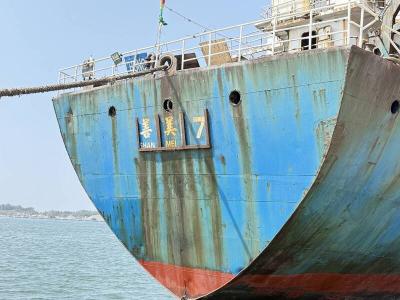The number of reported cases of Internet cafes violating new tobacco regulations has tripled in the past month, an anti-smoking group said yesterday.
The John Tung Foundation said it received reports last month of 129 cases of Internet cafes violating the new Tobacco Hazard Prevention and Control Act (菸害防制法). This number is about equal to all reported cases from January to March, showing a steep climb in the number of Internet cafes that violate the rules, the foundation said.
CHAIN SMOKING
Yau Sea-wain (姚思遠), president of the foundation, said some of the cafes were part of large chains in the country.
“One chain of Internet cafes has 33 branches in eight counties and cities across the country, and 20 of the branches were reported by different individuals for violating [the smoking ban],” he said.
“Some of the branches provide cups or metal tubs to substitute ash trays, or provide wet towels for customers to dampen their cigarettes on,” he said.
VIOLATIONS
Yau said this violates Article 15 of the act, which stipulates that business owners may not provide cigarette-related paraphernalia, including ashtrays.
The new regulation, which went into effect on Jan. 11, states that owners who violate the article could be fined up to NT$50,000.
The foundation urged government officials to crack down on violators to protect health.
“If officials do not diligently implement the law, no matter how well-designed it is, it will have no effect,” Yau said.

An undersea cable to Penghu County has been severed, the Ministry of Digital Affairs said today, with a Chinese-funded ship suspected of being responsible. It comes just a month after a Chinese ship was suspected of severing an undersea cable north of Keelung Harbor. The National Communications and Cyber Security Center received a report at 3:03am today from Chunghwa Telecom that the No. 3 cable from Taiwan to Penghu was severed 14.7km off the coast of Tainan, the Ministry of Digital Affairs said. The Coast Guard Administration (CGA) upon receiving a report from Chunghwa Telecom began to monitor the Togolese-flagged Hong Tai (宏泰)

Actor Lee Wei (李威) was released on bail on Monday after being named as a suspect in the death of a woman whose body was found in the meeting place of a Buddhist group in Taipei’s Daan District (大安) last year, prosecutors said. Lee, 44, was released on NT$300,000 (US$9,148) bail, while his wife, surnamed Chien (簡), was released on NT$150,000 bail after both were summoned to give statements regarding the woman’s death. The home of Lee, who has retreated from the entertainment business in the past few years, was also searched by prosecutors and police earlier on Monday. Lee was questioned three

EVA Air is prohibiting the use of portable chargers on board all flights starting from Saturday, while China Airlines is advising passengers not to use them, following the lead of South Korean airlines. Current regulations prohibit portable chargers and lithium batteries from check-in luggage and require them to be properly packed in carry-on baggage, EVA Air said. To improve onboard safety, portable chargers and spare lithium batteries would be prohibited from use on all fights starting on Saturday, it said. Passengers are advised to fully charge electronic devices before boarding and use the AC and USB charging outlets at their seat, it said. South

WAR SIMULATION: The developers of the board game ‘2045’ consulted experts and analysts, and made maps based on real-life Chinese People’s Liberation Army exercises To stop invading Chinese forces seizing Taiwan, board gamer Ruth Zhong chooses the nuclear option: Dropping an atomic bomb on Taipei to secure the nation’s freedom and her victory. The Taiwanese board game 2045 is a zero-sum contest of military strategy and individual self-interest that puts players on the front lines of a simulated Chinese attack. Their battlefield game tactics would determine the theoretical future of Taiwan, which in the real world faces the constant threat of a Chinese invasion. “The most interesting part of this game is that you have to make continuous decisions based on the evolving situation,